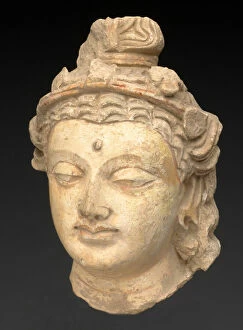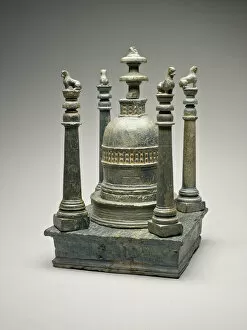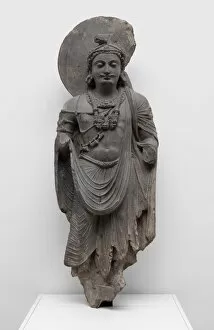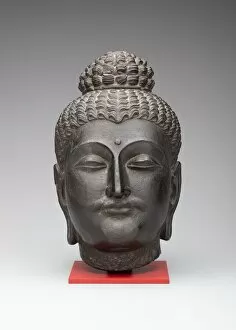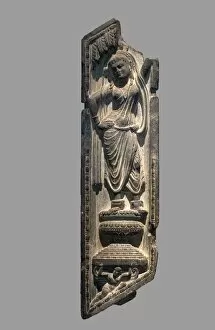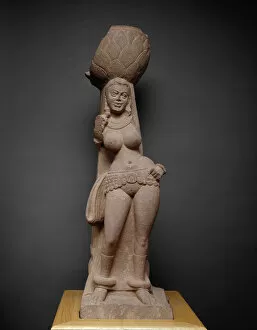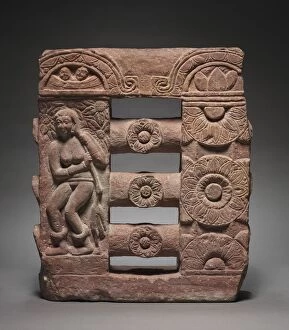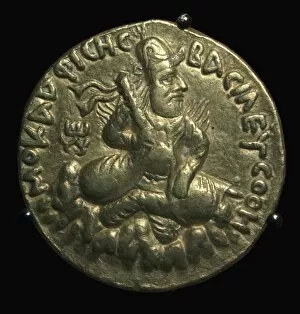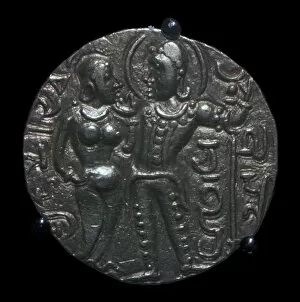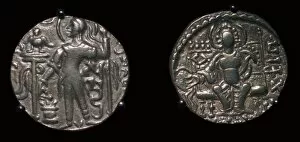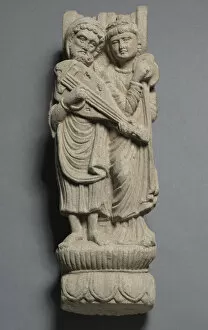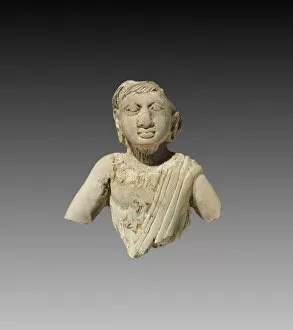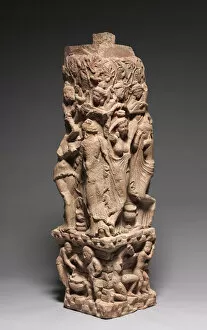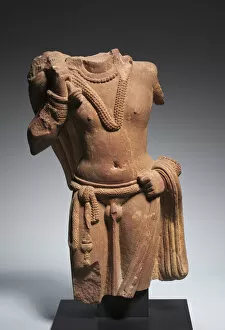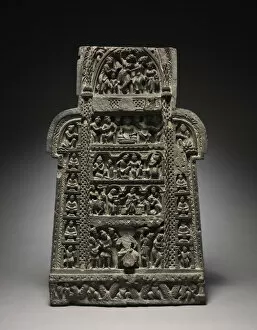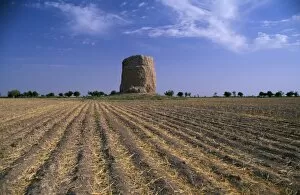Kushan Period Collection
The Kushan period, spanning from the 1st to the 5th century, was a significant era in ancient Indian history
All Professionally Made to Order for Quick Shipping
The Kushan period, spanning from the 1st to the 5th century, was a significant era in ancient Indian history. During this time, numerous exquisite artworks were created by unknown artists that continue to captivate us today. One of these remarkable pieces is the Head of Buddha from the Kushan period. Crafted between the 3rd and 5th centuries, it showcases intricate details and serene expression, reflecting the spiritual essence of Buddhism prevalent during that era. Similarly, another masterpiece is the Head of a Bodhisattva dating back to approximately the same period. This sculpture exudes grace and elegance with its delicate features and enigmatic smile. Amongst these sculptures stands out the Walking Buddha from around the 3rd or 4th century. It portrays Lord Buddha in motion, symbolizing his journey towards enlightenment and spreading his teachings across lands far and wide. In contrast to this dynamic representation is the Pensive Bodhisattva sculpture from around the 2nd or 3rd century. The figure's contemplative pose invites viewers to reflect on their own spiritual path while admiring its timeless beauty. The Stupa Reliquary crafted around the 2nd century holds immense historical significance as it served as a container for sacred relics associated with Buddhism. Its intricate design reflects both artistic finesse and religious devotion prevalent during that time. Another striking artwork is Standing Bodhisattva with Human-Figure Necklace dating back to approximately between the second and third centuries. This sculpture showcases an elegant figure adorned with elaborate jewelry, representing divine qualities embodied by Bodhisattvas in Buddhist tradition. An intriguing depiction can be found in Buddha Worshipped by Indra and Brahma originating from either first or second-century Kushan period artistry. It portrays gods paying homage to Lord Buddha, emphasizing his divinity within Buddhist beliefs. A Yakshi Grasping a Tree sculpted during this era also catches our attention.


